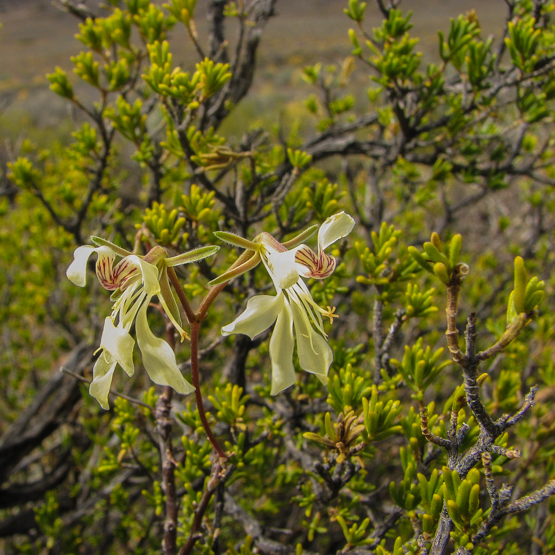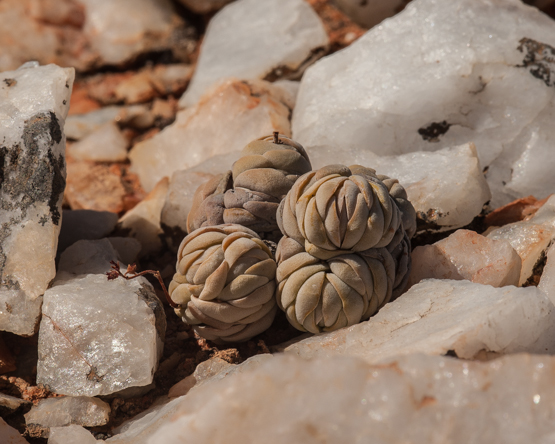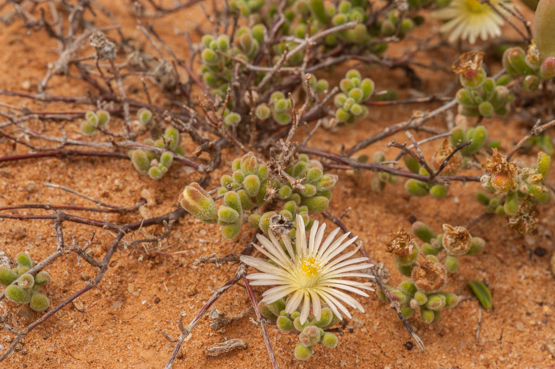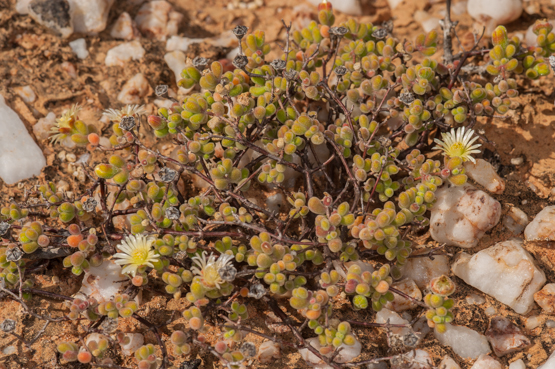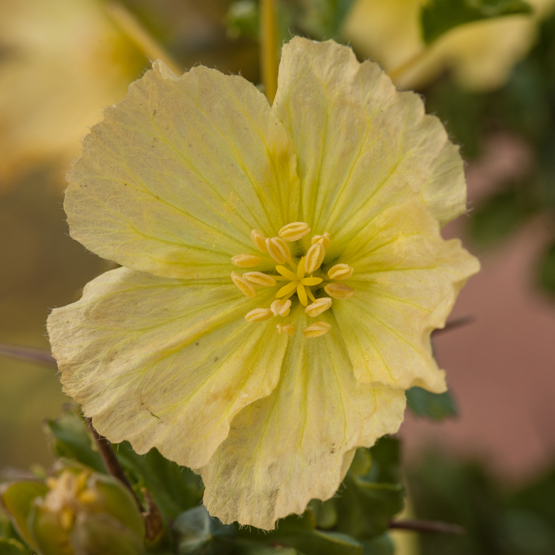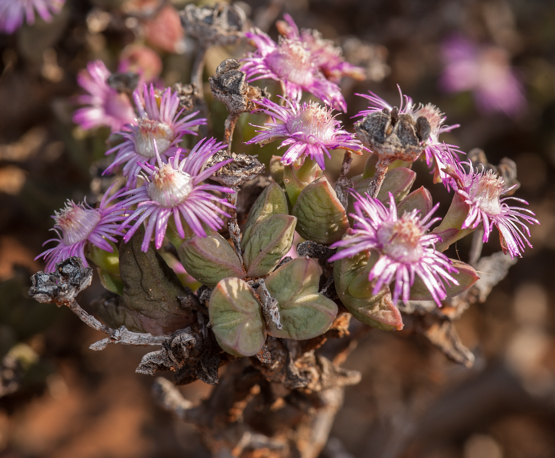“This species has little horticultural appeal, always looking as if it were more than half dead.”
How about that for a recommendation? It comes from “Pelargoniums of Southern Africa” vol. 3. and yes, if you have space for just one more Pelargonium in your collection, this will not be high on your wants list.
But if you are in the field somewhere between January and April, when very little else is flowering, the white, pale yellow or pink flowers sticking out from a shrub, are a welcome sight.
The plants are shrublets of up to 40 cm tall. with thin, slightly woody stems and parsley-like, somewhat succulent leaves. The species is widely distributed from the vicinity of Kleinzee in Namaqualand to Oudtshoorn in the eastern Little Karoo. This is part of the winter rainfall area, with very hot summers and cool, but mainly frost free winters. Without flowers the plants are difficult to find, as they are always growing within other shrubs.
Tag: Namaqualand
Crassula alstonii
It is probably safe to say that C. alstonii cannot be confused with any other plant species because of its unique appearance. The leaves are arranged in two rows and closely adpressed – at least in nature; in cultivation this is difficult to maintain. Each of the almost spherical rosettes is 2-5 cm in diameter.
The plants are found in northern Namaqualand, from just south of Lekkersing to near Komaggas, where they grow on low, gently sloping hills usually covered with quartzite gravel. This is a rather restricted distribution area, but in some places the plants are quite common.
Aloe khamiesensis
Drosanthemum schoenlandianum
Monsonia ciliata Part 2
Monsonia (Sarcocaulon) ciliata Part 1
This planr is only known from northwestern Namaqualand, where it grows in the coastal plain between the mountains and the sea, from Lekkersing southwards to Wallekraal. The plants are usually not taller than 18 cm. The flowers are about 3.5 cm in diameter and are characterized by the cilia along the rim of the petals. According to literature the flowers appear in March, September and in summer, but all but one of the pictures shown here and in the next post were made in July and August.
Conophytum minutum v. minutum (2)
Conophytum minutum v. minutum (1)
Plants of this variety occur widespread from Papendorp and Vanrhynsdorp in the south to Garies and Gamoep in the north and are also found at the coast, near the mouth of the Groenrivier. They grow on a variety of substrates, either in the open on in the shade of shrubby mesembs.
The flowers appear in autumn and range in colour from pale pink to reddish magenta and even (rarely) white.
All photos made on the same day (30 March 2012).
Polymita albiflora
The genus Polymita has only two members, both of which are slow growing shrubs up to 45 cm tall, starting out as small cushions. They occur on the eastern edge of the winter rainfall area in northern Namaqualand on gneiss hills and quartz flats or slopes.
P. albiflora occurs in the drier part of the distribution area: on average less than 100 mm rainfall per year. The species is characterized by the hard prickly mucro (leaf tip), which is absent in P. steenbokensis, and by the generally fewer number of petals (50-100 rather than 70-140). The literature only mentions white petals (as the name implies), but pink also occurs.
Unfortunately the plants rarely flower in cultivation.
